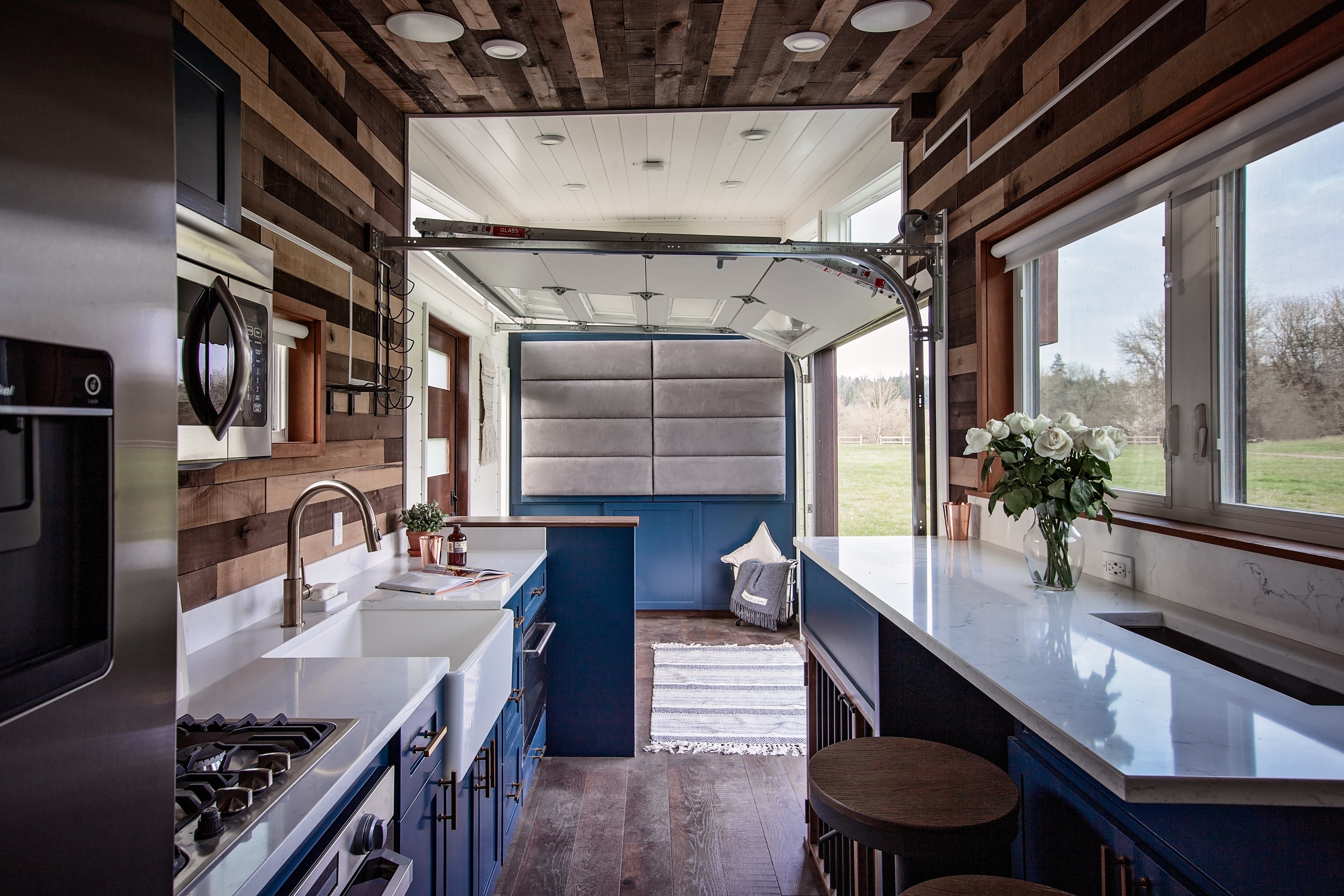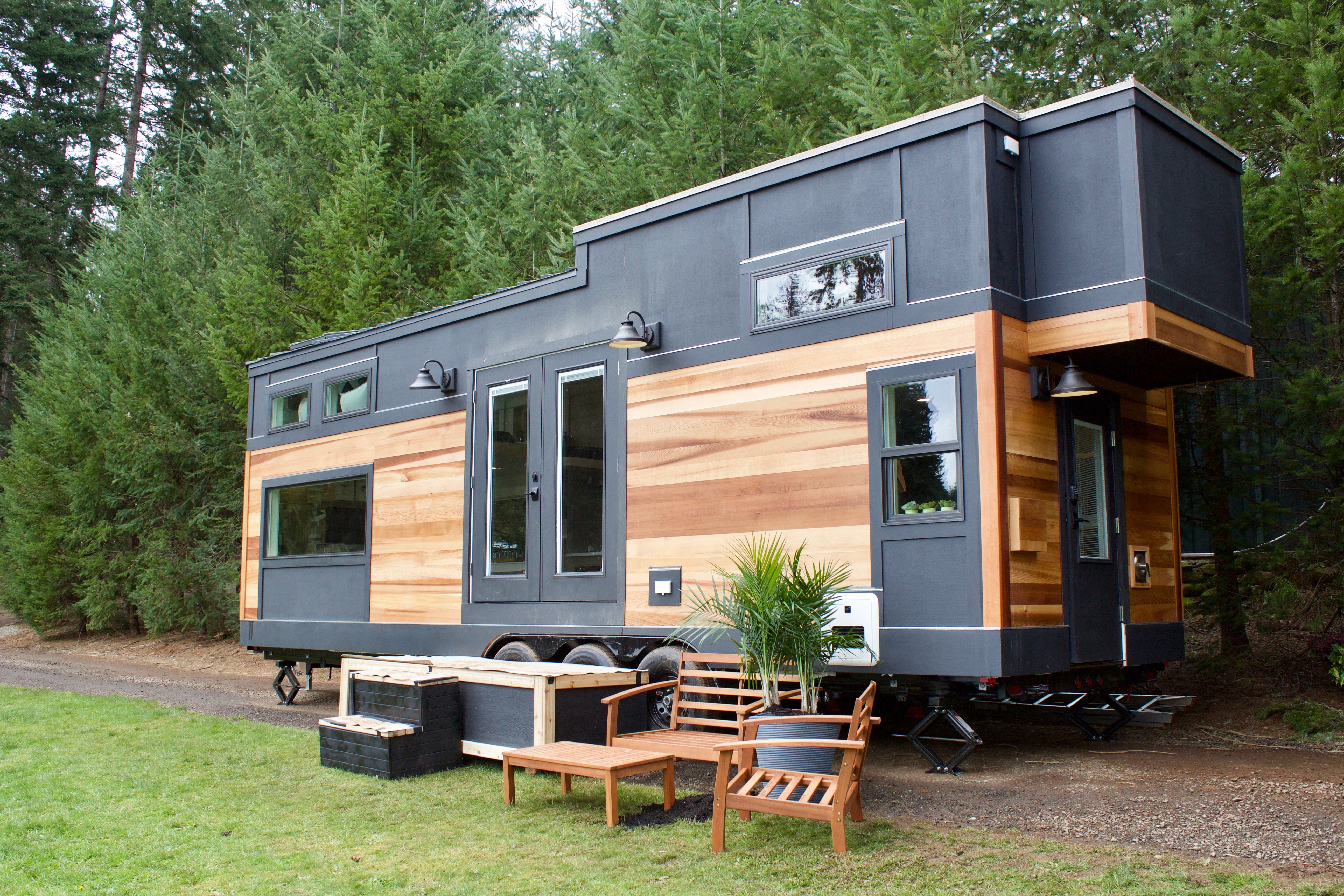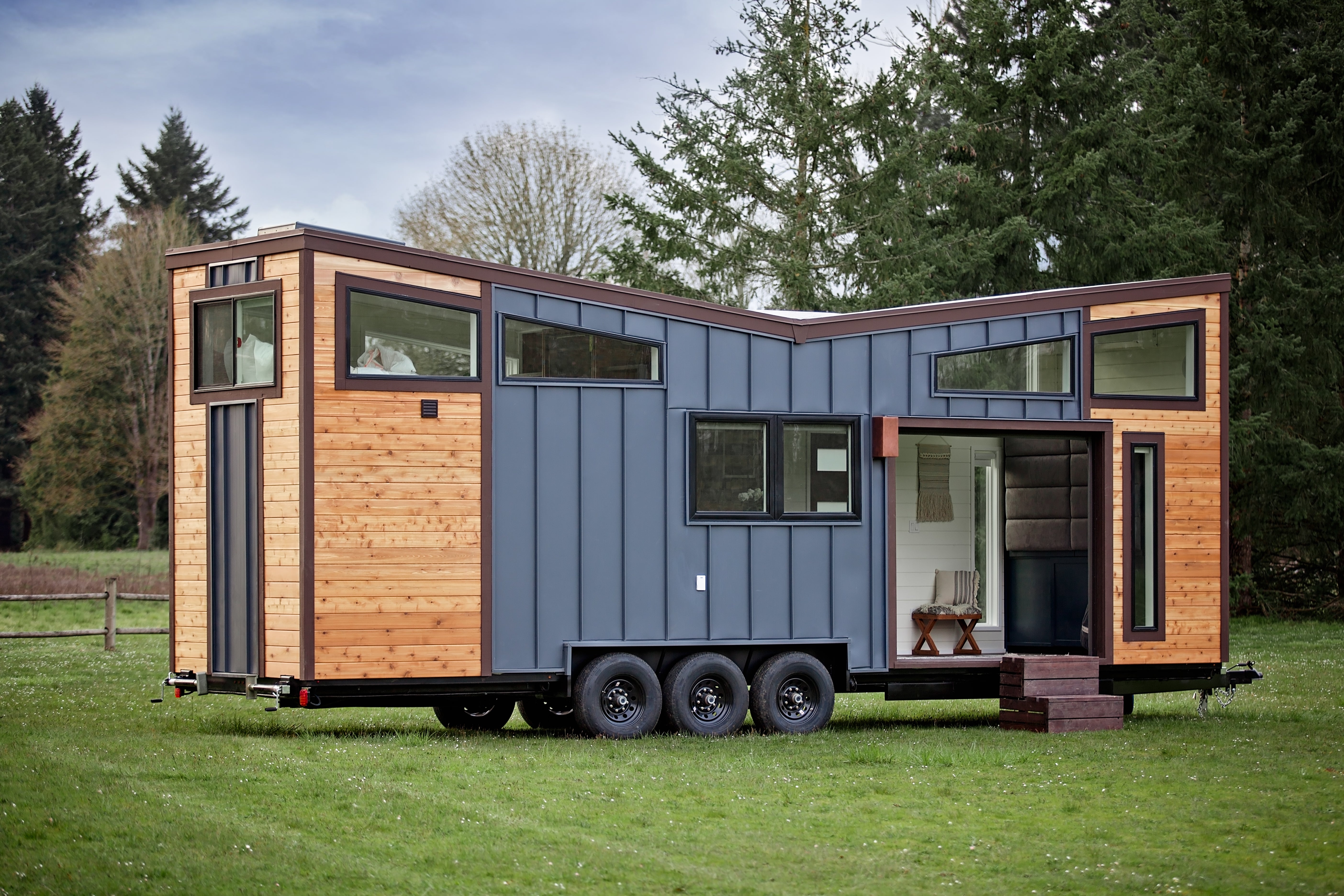Tiny homes have taken the housing world by storm. Once a niche trend, they are now a mainstream movement inspiring individuals and families to downsize, reduce their carbon footprint, and live more intentionally.
These small-scale dwellings — typically between 100 and 400 square feet — are redefining what it means to have a home. From affordability to sustainability, tiny homes offer a wide array of benefits while also presenting unique challenges, especially when it comes to construction and safety.
In this article, we’ll explore why tiny homes have become so popular, the key design considerations for these compact spaces, and how to ensure safety during building and renovation projects.
Why Tiny Homes Are Growing in Popularity
The surge in tiny home living is fueled by several key factors:

Affordability and Financial Freedom
Traditional housing prices continue to rise, making homeownership challenging for many. Tiny homes are significantly less expensive to build or purchase, often ranging from $30,000 to $80,000, which is much lower than a standard home. Lower costs mean smaller or no mortgages, freeing owners from decades of debt.
Sustainability and Lower Environmental Impact
Tiny homes naturally use fewer resources. They require less energy for heating and cooling, and their smaller footprint encourages minimalism and less consumption overall. Many tiny homes incorporate solar panels, rainwater collection systems, and energy-efficient appliances, further reducing their environmental impact.
Mobility and Flexibility
Many tiny homes are built on trailers, making them movable. Whether you’re seeking adventure or need to relocate for work, your home can come with you. This flexibility appeals to digital nomads, retirees, and anyone who values freedom of movement.
Essential Design Considerations for Tiny Homes
While the concept of tiny living is appealing, designing a space that is both functional and comfortable requires creativity and careful planning. Every square inch must count.
Maximizing Space with Smart Layouts
Open floor plans and multi-functional furniture are crucial. Lofted sleeping areas, fold-out tables, and hidden storage help maximize space. High ceilings and strategic window placement can make a small interior feel airy and bright.
Efficient Utilities and Energy Use
Designing for energy efficiency is a priority. Tiny homes often feature on-demand water heaters, composting toilets, and solar power systems. Insulation and proper ventilation are vital for maintaining comfort in varying climates.
Compliance with Building Codes and Zoning
Before building or purchasing a tiny home, it’s essential to understand local regulations. Some areas require specific permits or restrict where tiny homes can be placed, especially those on wheels. Researching local building codes early can save time, money, and stress.
Building and Renovating Tiny Homes Safely
Constructing or renovating a tiny home is an exciting process, but safety must always come first. Because of their compact size, tiny homes require precise engineering to ensure structural integrity and prevent hazards like fire or carbon monoxide buildup.
Electrical Safety
With so many appliances packed into a small space, proper wiring is critical. All electrical work should meet or exceed code, with circuits designed to handle the intended load. Overloaded circuits are a leading cause of fires.
Fire Prevention and Emergency Planning
Install smoke detectors, carbon monoxide alarms, and fire extinguishers. Ensure there are at least two points of egress in case of emergency, such as windows that can be used as exits.
Proper Ventilation and Air Quality
Because tiny homes are tightly sealed for energy efficiency, moisture and pollutants can accumulate quickly. Ventilation systems, dehumidifiers, and kitchen/bathroom exhaust fans help maintain healthy indoor air.
Structural Safety and Weight Distribution
Especially for tiny homes on wheels, balancing weight is crucial for safe towing and stability. Materials must be lightweight but strong, and framing should be reinforced to withstand road vibrations.
For those who plan to build or renovate a tiny home, sourcing high-quality safety gear and tools is a must. The Safety Source LLC provides professional-grade safety equipment that is ideal for building and renovation projects. From protective gear like hard hats and gloves to fall protection systems and respiratory equipment, investing in the right supplies can prevent accidents and ensure every step of the process is secure.

Living Comfortably in a Tiny Space
After construction is complete, everyday living in a tiny home requires thoughtful organization and maintenance.
Decluttering and Minimalism
Tiny living naturally encourages minimalism. Regularly assess belongings and keep only what is essential. Storage solutions like under-bed compartments, hanging racks, and built-in cabinetry make organization easier.
Multi-Purpose Spaces
A dining table may double as a desk, and a sofa can transform into a bed. The key is flexibility and creative furniture choices that support multiple uses.
Outdoor Integration
Expanding living space outdoors can make a tiny home feel larger. Decks, patios, and outdoor kitchens provide extra room for relaxation and entertainment.
The Broader Impact of the Tiny Home Movement
Tiny homes are more than a housing trend; they reflect a cultural shift toward sustainability, simplicity, and financial independence. They challenge the notion that bigger is always better and inspire people to focus on experiences over possessions.
Communities across the country are beginning to embrace tiny homes as solutions for affordable housing and homelessness. Tiny home villages are being developed to provide safe, cost-effective housing options, demonstrating how these small structures can create big change.
Conclusion
Tiny homes prove that thoughtful design and intentional living can create a fulfilling lifestyle within a modest footprint. They offer freedom from excessive costs and material possessions, all while supporting a sustainable future.
However, safety should never be overlooked. From construction to daily living, planning for fire safety, ventilation, and structural integrity is critical. Whether you’re a DIY builder or working with contractors, sourcing high-quality safety gear and tools is essential.
By blending creativity, responsible planning, and safety-conscious building practices, your dream of a beautiful, functional, and secure tiny home can become a reality.






Share: